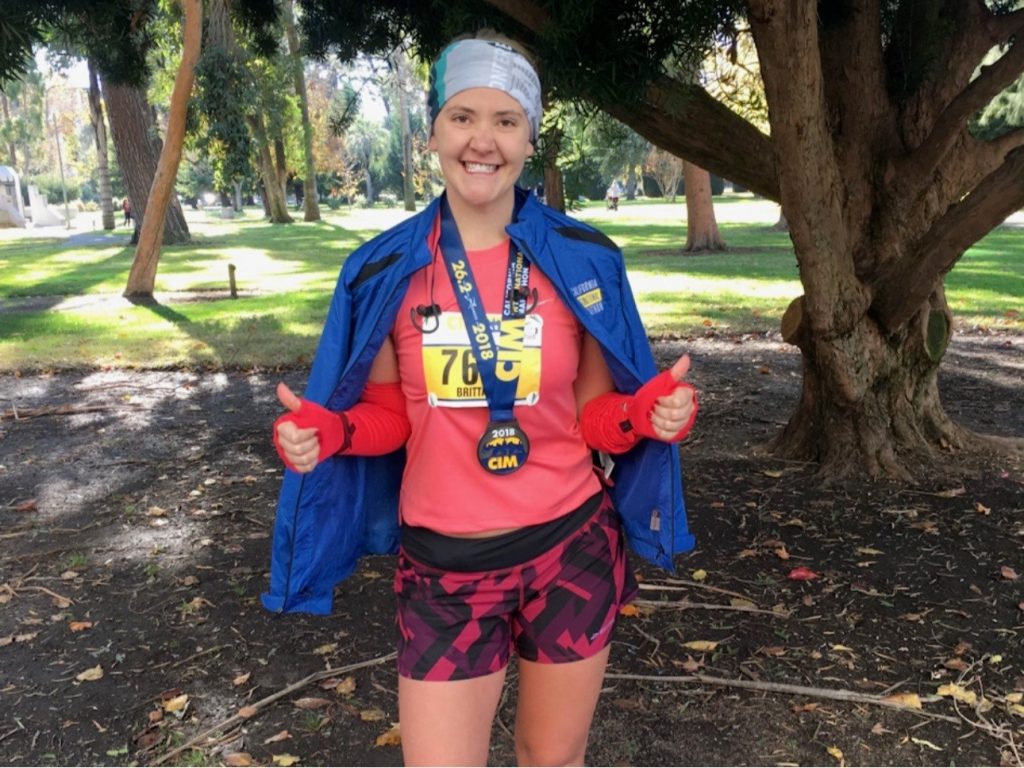Tang PC, Overhage JM, Chan AS, Brown NL, Aghighi B, Entwistle MP, Jui SL, Hyde SM, Klieman, LH, Mitchell, CJ, Perkins AJ, Qureshi LS, Waltimyer TA, Winters LJ, Young CY Journal of the American Medical Informatics Association. 2013;20(3):526-534.
ABSTRACT:
Objective: To evaluate an online disease management system supporting patients with uncontrolled type 2 diabetes.
Materials and methods: Engaging and Motivating Patients Online With Enhanced Resources for Diabetes was a 12-month parallel randomized controlled trial of 415 patients with type 2 diabetes with baseline glycosylated hemoglobin (A1C) values ≥7.5% from primary care sites sharing an electronic health record. The intervention included: (1) wirelessly uploaded home glucometer readings with graphical feedback; (2) comprehensive patient-specific diabetes summary status report; (3) nutrition and exercise logs; (4) insulin record; (5) online messaging with the patient’s health team; (6) nurse care manager and dietitian providing advice and medication management; and (7) personalized text and video educational ‘nuggets’ dispensed electronically by the care team. A1C was the primary outcome variable.
Results: Compared with usual care (UC, n=189), patients in the intervention (INT, n=193) group had significantly reduced A1C at 6 months (-1.32% INT vs -0.66% UC; p<0.001). At 12 months, the differences were not significant (-1.14% INT vs -0.95% UC; p=0.133). In post hoc analysis, significantly more INT patients had improved diabetes control (>0.5% reduction in A1C) than UC patients at 12 months (69.9 (95% CI 63.2 to 76.5) vs 55.4 (95% CI 48.4 to 62.5); p=0.006).
Conclusions: A nurse-led, multidisciplinary health team can manage a population of diabetic patients in an online disease management program. INT patients achieved greater decreases in A1C at 6 months than UC patients, but the differences were not sustained at 12 months. More INT than UC patients achieved improvement in A1C (>0.5% decrease).





